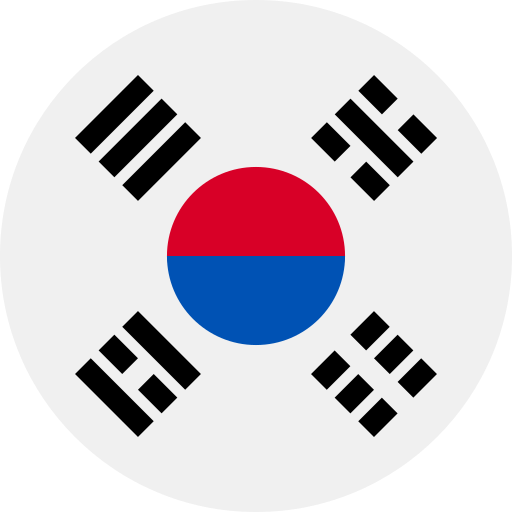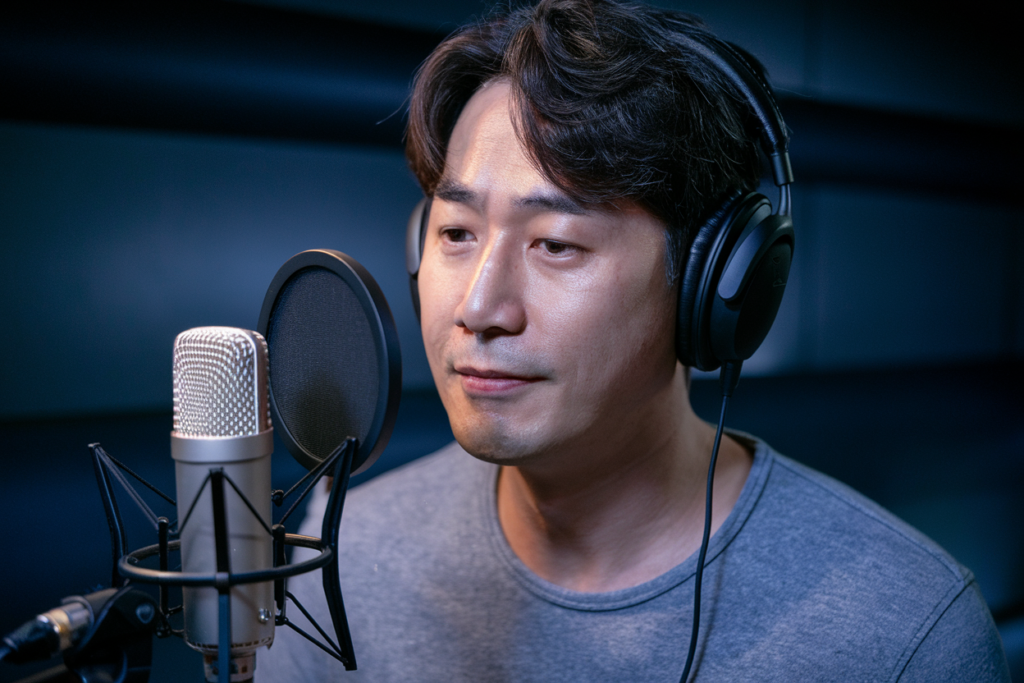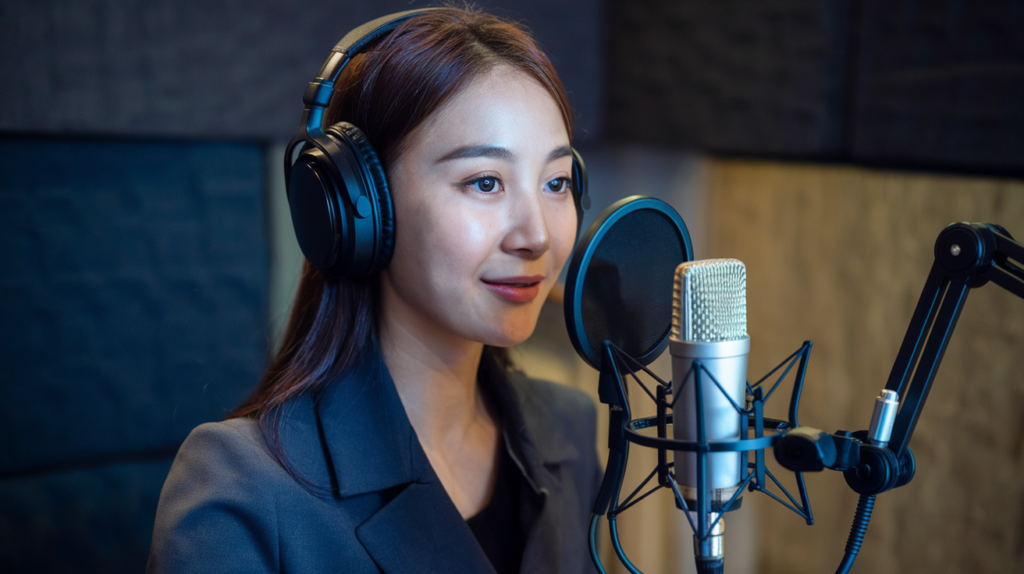Key Takeaways
- Approximately 77 million people speak Korean fluently worldwide, with the majority residing in South Korea and North Korea.
- The language features regional dialects, such as Gyeongsang, Jeolla, and Chungcheong, which contribute to its rich cultural diversity.
- Education plays a crucial role in achieving fluency; formal programs and immersive experiences enhance language skills significantly.
- Cultural exposure through K-pop, dramas, and community interactions boosts understanding of colloquial expressions and idiomatic phrases.
- Both native and non-native speakers are vital to the global landscape of Korean fluency, with increasing numbers engaging through formal education or self-study methods.
- Various methodologies like census data and language surveys provide insights into the number of fluent speakers and their demographic distribution.
Ever wondered how many people speak Korean fluently? You’re not alone. With the rise of K-pop and Korean dramas, interest in the language has skyrocketed, but just how widespread is fluency?
Overview of Korean Language Speakers
The Korean language has gained significant traction worldwide, fueled by cultural phenomena such as K-pop and Korean dramas. Understanding the number of fluent speakers provides context for its growing influence.
Global Distribution
About 77 million people speak Korean fluently globally. South Korea hosts approximately 52 million native speakers, while North Korea adds around 25 million more. Significant communities exist in countries like the United States, China, and Japan, where millions of Koreans reside or have settled over generations. This distribution reflects not only the language’s geographical spread but also its cultural impact.
Regional Variations
Korean exhibits regional variations that influence dialects and accents across different areas. The standard dialect is based on Seoul’s speech patterns; however, other regions have distinct features:
- Gyeongsang Dialect: Known for its unique intonation and vocabulary.
- Jeolla Dialect: Recognized for softer consonants and varied expressions.
- Chungcheong Dialect: Features a mix of elements from both Gyeongsang and Jeolla styles.
These variations enrich the language’s character and illustrate how local cultures shape communication practices among fluent speakers.
Factors Influencing Fluency
Fluency in Korean hinges on several key factors that can significantly impact one’s ability to speak the language proficiently.
Education and Language Programs
Education plays a crucial role in achieving fluency. Formal education, such as attending language schools or universities, provides structured learning environments. Intensive language programs often focus on grammar, vocabulary, and pronunciation. For instance, immersion programs allow learners to engage with native speakers regularly, enhancing their conversational skills. Self-study methods using online resources or apps also contribute to fluency development by offering flexible learning options tailored to individual needs.
Cultural Exposure
Cultural exposure is another vital element influencing fluency. Engaging with Korean media—like films, dramas, music—helps you grasp colloquial expressions and cultural nuances. Participating in community events or interacting with native speakers fosters authentic communication experiences. The more you immerse yourself in the culture, the better your understanding of context and idiomatic phrases becomes. This cultural connection not only enriches vocabulary but also builds confidence when conversing in Korean.
By focusing on education and cultural exposure, individuals can enhance their fluency and deepen their appreciation for the Korean language’s unique characteristics.
Current Estimates of Korean Fluency
Approximately 77 million people speak Korean fluently worldwide. This figure includes about 52 million native speakers in South Korea and around 25 million in North Korea. Significant populations also reside in countries like the United States, China, and Japan, showcasing the language’s global reach.
Native Speakers
Native speakers represent a vital aspect of Korean fluency. In South Korea, most individuals communicate in standard Korean, known as “Seoul dialect.” Regional dialects such as Gyeongsang, Jeolla, and Chungcheong provide cultural richness and diversity. These variations impact vocabulary and pronunciation among fluent speakers.
In North Korea, the dialect differs slightly but remains mutually intelligible with South Korean speech. Approximately 25 million native speakers contribute to a solid foundation for linguistic preservation and evolution within their communities.
Non-Native Speakers
Non-native speakers make up an increasing demographic of fluent Korean users. Many individuals study the language through formal education programs or self-study methods. Language schools offer structured courses that enhance grammar skills and vocabulary acquisition.
Cultural exposure plays a significant role in developing fluency among non-native learners. Engaging with K-pop music or popular dramas allows you to grasp colloquial expressions and cultural nuances effectively. Furthermore, interactions with native speakers foster real-life practice opportunities that deepen understanding of the language’s context.
Overall, both native and non-native speakers contribute to the vibrant landscape of Korean fluency today.
Methodology of Counting Speakers
Counting fluent Korean speakers involves various methods, primarily relying on census data and language surveys. These approaches help provide a clearer picture of the global landscape of Korean fluency.
Census Data
Census data serves as a foundational tool for estimating the number of fluent speakers. Many countries conduct national censuses that gather information about languages spoken at home and proficiency levels. In South Korea, the most recent census indicated that over 51 million people use Korean as their primary language. North Korea’s census also highlights around 25 million native speakers. Such comprehensive demographic studies offer valuable insights into regional populations and linguistic distributions.
Language Surveys
Language surveys complement census data by focusing on specific groups or communities. Various organizations conduct surveys to assess language usage among different demographics, often targeting expatriate communities or regions with significant Korean-speaking populations, such as the United States and China. These surveys frequently inquire about self-reported fluency levels, revealing trends in language acquisition among non-native speakers who engage with Korean culture through media or education programs. Results from these surveys illustrate not just how many people speak Korean but also how cultural exposure influences fluency growth worldwide.
Conclusion
Understanding the number of people who speak Korean fluently reveals much about the language’s global influence. With around 77 million speakers worldwide it’s clear that Korean isn’t just a regional language but a growing medium for cultural exchange.
As interest in K-pop and Korean dramas continues to rise so does the motivation for individuals to learn and master the language. Whether you’re a native speaker or someone embarking on your Korean learning journey you contribute to this vibrant linguistic landscape. Embracing both formal education and cultural exposure can enhance your fluency while deepening your appreciation of Korea’s rich heritage.
Frequently Asked Questions
How many people speak Korean fluently worldwide?
Approximately 77 million people speak Korean fluently around the globe. This includes about 52 million native speakers in South Korea and around 25 million in North Korea. Additionally, significant Korean-speaking communities exist in countries like the United States, China, and Japan.
What are the main dialects of the Korean language?
The Korean language features several distinct dialects, including Gyeongsang, Jeolla, and Chungcheong. While most individuals in South Korea use the standard “Seoul dialect,” North Korean dialects differ slightly but remain mutually intelligible with Southern variants.
What factors influence fluency in Korean?
Fluency in Korean is influenced by education and cultural exposure. Formal education through language schools enhances grammar and vocabulary, while cultural interactions via media help learners grasp colloquial expressions. Both methods improve communication skills among non-native speakers.
How is the number of fluent Korean speakers counted?
The count of fluent Korean speakers primarily relies on census data and language surveys. In South Korea’s recent census, over 51 million reported using Korean as their primary language; North Korea’s census indicated about 25 million native speakers. Surveys further assess usage trends within expatriate communities.
Why has interest in learning Korean grown recently?
Interest in learning Korean has surged due to the global popularity of K-pop and Korean dramas. These cultural phenomena have sparked curiosity about the language itself, leading many to explore it for both personal enjoyment and professional opportunities.







